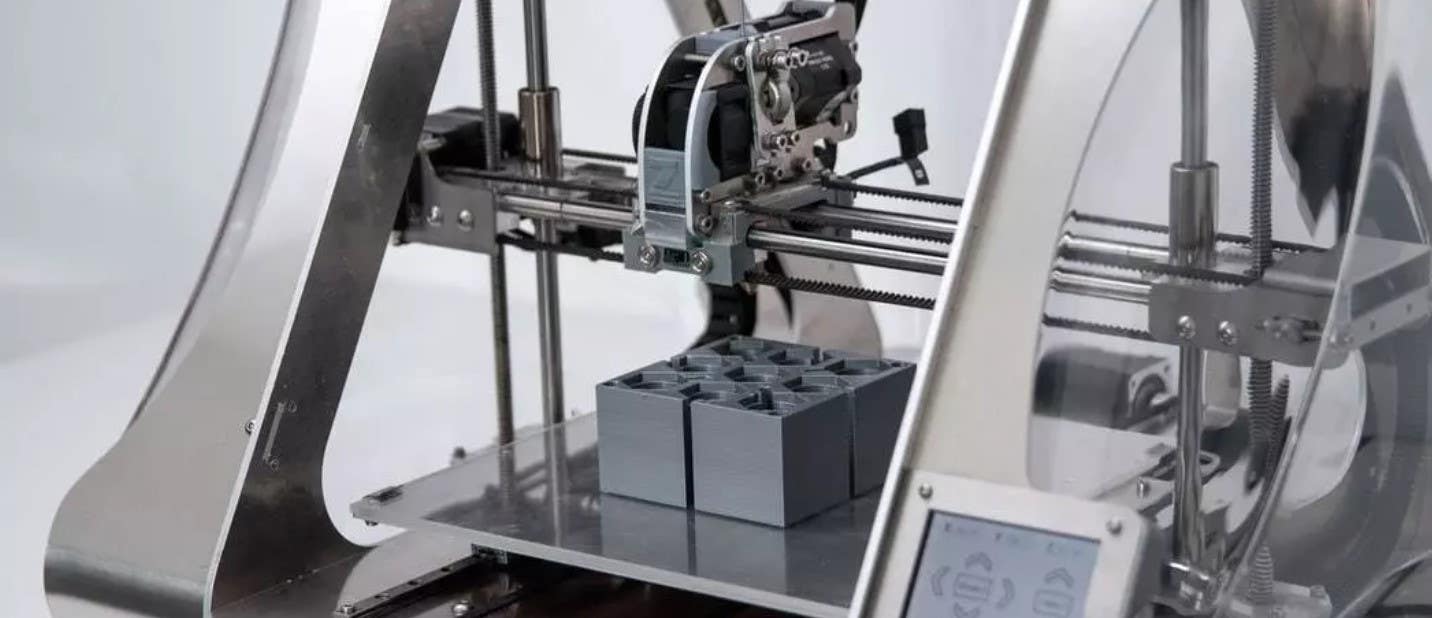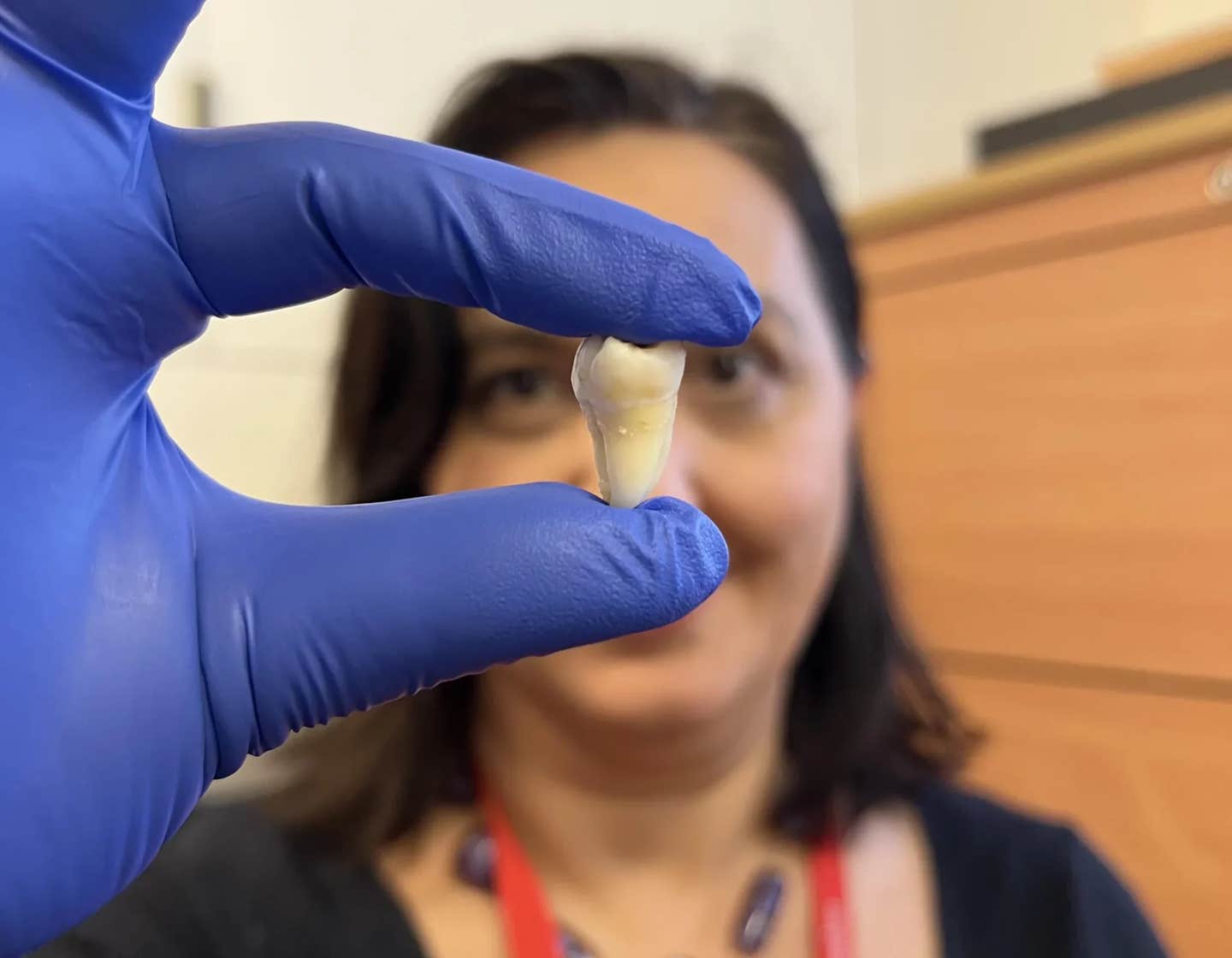This ceramic ink can 3D-print bones directly into a patient’s body
A new 3D printing process which can be used inside the human body is offering hope to trauma and cancer patients who need bone replacements

[Apr. 12, 2021: Douglas Broom]
A new 3D printing process which can be used inside the human body is offering hope to trauma and cancer patients who need bone replacements, reducing pain and speeding up recovery time.
The treatment of bone cancers can lead to sections of bone being removed and accident victims may require extensive bone repairs. Up to now, 3D bone printing has involved producing material outside the patient’s body.
But now a new technique developed at the University of New South Wales in Sydney, Australia, offers the prospect of doctors being able to create new bone tissue exactly where it is needed during a surgical operation.
By blending a ceramic material that mimics bone structure with the patient’s own cells in a 3D printing “ink”, scientists have potentially found a way to create new bone material inside the body, replacing removed sections of bone and encouraging existing bones to knit with the new artificial bone.
Faster recovery and less pain
“It’s really the first example of integrating ceramic materials that emulate many aspects of native bone with live cells,” said Associate Professor Kristopher Kilian, a member of the team that developed the new technology.
“This really opens up the opportunity where you may be able to actually directly print a patient’s bone within a cavity,” he added.
“During surgery, if they have some bone resected for disease, or if they have a tumour taken out, then we can actually take scans of that bone and put that on to the printer and then directly print within a cavity of a patient.”
The technique uses a light, portable 3D printer which can be taken into the operating room. Previous methods relied on laboratory-based printers which were unable to operate at room temperature and needed toxic chemicals to sterilize the new bone material.
“That’s going to speed things up with respect to surgery time and it’s going to enable a lot of reduction in current suffering and also, perhaps, hopefully save lots of lives,” said Professor Kilian.
Like these kind of stories? Get The Brighter Side of News' newsletter
Precision medicine
The World Economic Forum’s 2020 report on emerging technologies highlighted the potential of using scans, like those used to create the 3D printer replacement bone tissue, to conduct virtual clinical trials of new treatments and clinical procedures without harming patients.
The Forum’s Precision Medicine Programme aims to realize the benefits of precision medicine for society, including the half of the world’s population that currently has no access to precision medicine techniques.
Working with leaders in the field, the programme includes a project – Leapfrogging with Precision Medicine – which is designed to help nations which currently don’t have access to these techniques to introduce precision medicine into their healthcare systems.
Tags: #New_Innovation, #3D_Printing, #Cancer, #The_Brighter_Side_of_News
Joseph Shavit
Head Science News Writer | Communicating Innovation & Discovery
Based in Los Angeles, Joseph Shavit is an accomplished science journalist, head science news writer and co-founder at The Brighter Side of News, where he translates cutting-edge discoveries into compelling stories for a broad audience. With a strong background spanning science, business, product management, media leadership, and entrepreneurship, Joseph brings a unique perspective to science communication. His expertise allows him to uncover the intersection of technological advancements and market potential, shedding light on how groundbreaking research evolves into transformative products and industries.



